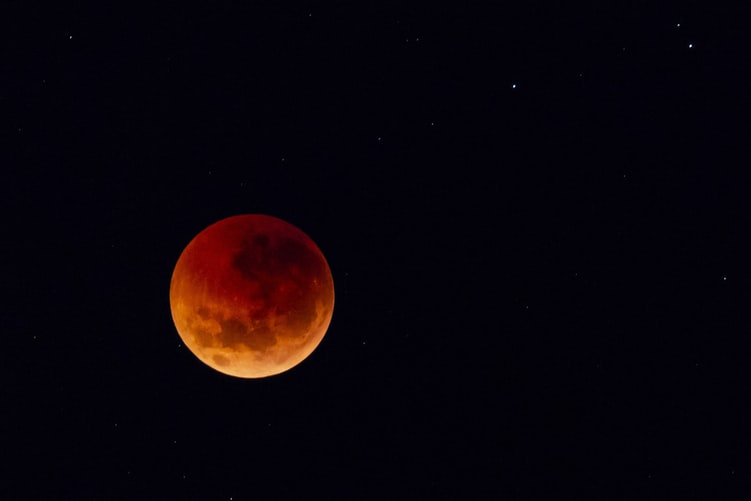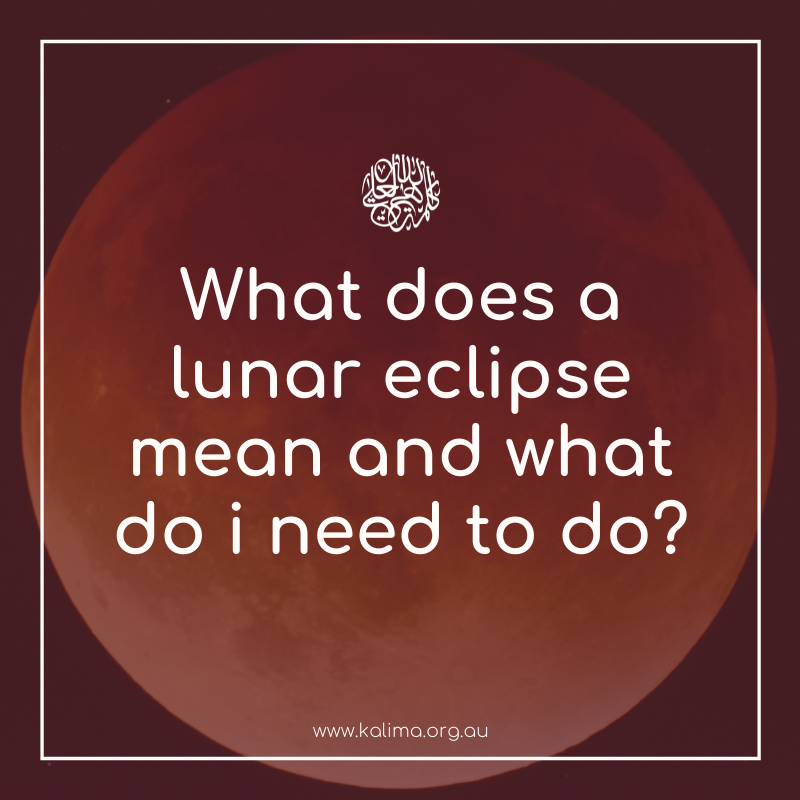Tonight on May 26, between 7:45pm and 10:52pm, the moon will move into earth’s shadow, creating a total lunar eclipse. People all over Australia will be able to see it. Lunar eclipses are one of the most magnificent astronomical events to witness. There hasn’t been a lunar eclipse visible from Australia since 2018.
As we watch the bright full moon slowly disappear, it’s a majestic reminder that we live on a planet moving through space and that our planet can affect another object in the sky: our moon.
So what does this phenomenon mean?
These recurrent natural and astronomical phenomena, whether solar or lunar eclipses, volcanoes, earthquakes or others, should be an opportunity for man to contemplate them and think about the implications they entail about the greatness of Allah’s capabilities, signs and creations. Allah wants people to study His signs thoroughly and deduce lessons from them, to associate themselves with Allah through the features of His omnipotence and greatness and His countless blessings.
What do we, as Muslims, need to do when we witness an eclipse?
The Ayat prayer is obligatory upon the occurrence of a partial or total lunar eclipse (the same applies to the solar eclipse, earthquakes, as well as any other scary natural phenomenon, such as floods, hurricanes and so on). The Ayat prayer is not obligatory on the Mukallaf if it does not happen in the country where he resides, and his fellow citizens do not know about it. The one who does not know about the total eclipse except after it ends, the Ayat prayer is still incumbent on him and he should perform it as Qadha’, which is not obligatory in the case of a partial eclipse.
As for the timing of the Ayat prayer in the case of an eclipse, it extends from the moment it starts until it ends and the entire disc becomes visible again. Therefore, one should perform it within this time; if not, it should be performed as Qadha’.
So how can we perform the Ayat prayers?
First: All the requirements and conditions of the prayer should be met, such as purity from Khabath and Hadath, facing the Qibla and taking the timing into consideration, not to mention the other requirements demanded in a prayer
Second: consists of two Raka’s and there are five Ruku’s (bowing) and two Sujoods (prostrations) in each, performed as follows: After facing the Qibla, the prayer attendant says Takbir having the intention of performing the Ayat prayer seeking closeness to Allah the Most Exalted. Then, he ought to recite Al-Hamd Surah followed by another and then perform Ruku’. He then should raise his head and do the same aforementioned steps five times so that he would have fulfilled the first set of five Ruku’s. Once, he performs the fifth Ruku’ and stands up straight, he should perform the two prostrations and then stand up straight and perform the second set of five Ruku’s and two prostrations as mentioned earlier, followed by Tashahhud and Tasleem.
[Adapted from www.english.bayynat.org]







